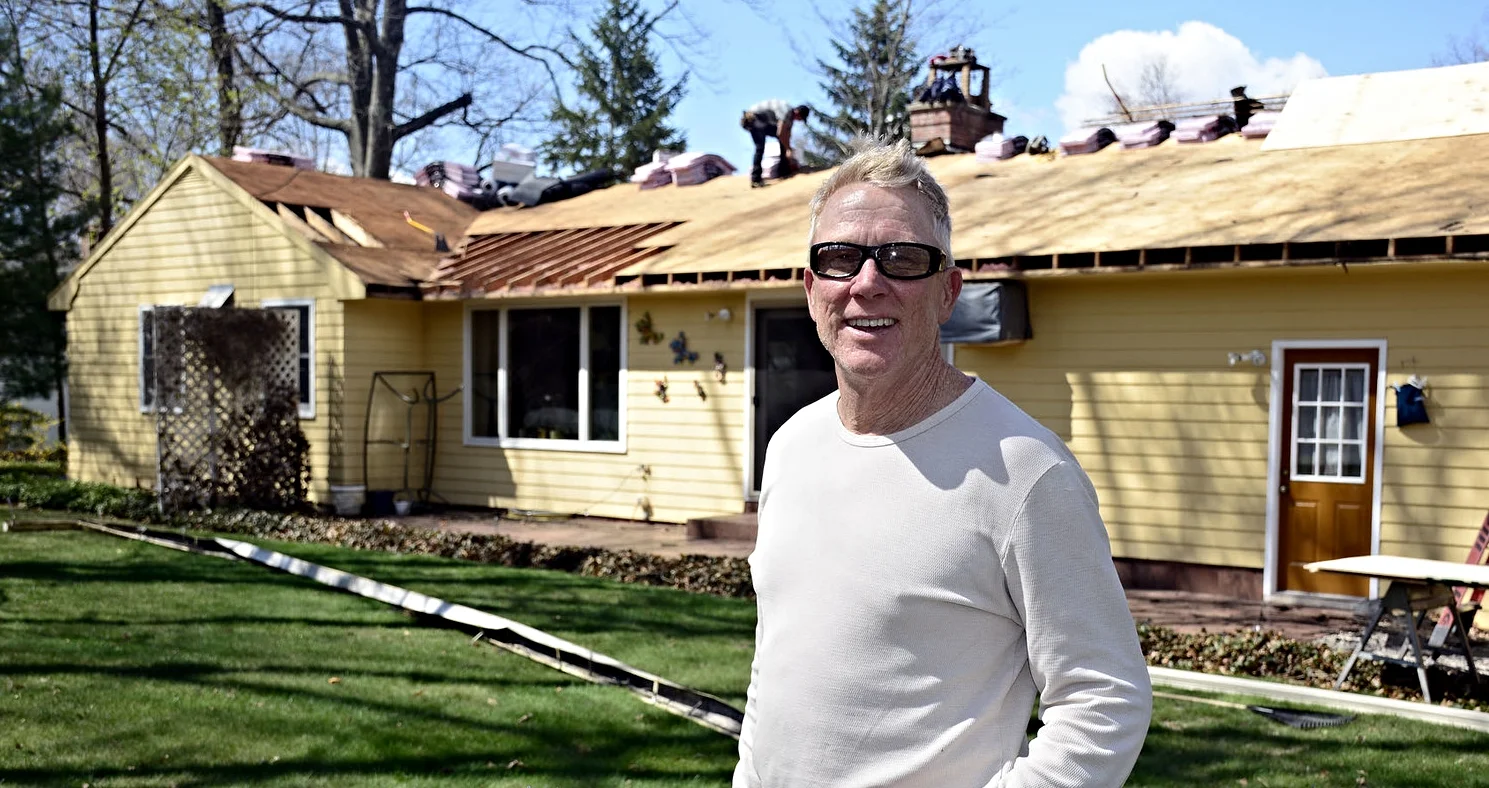Outdoor Spring Cleaning Jobs To Tackle
Chelsea O'Donnell
As the weather slowly starts to warm up, the next few weeks offer a great chance for an early spring yard cleanup. While getting the lawn and garden ready for the season seems like a big job, spreading it out over a few mild weekends early in the year can make it much more palatable. Plus, the vitamin D, fresh air, and exercise will do your body and mind a world of good after a long winter indoors.
If you didn’t clean out your beds in the autumn, now is the time to do it. Cut back any dead debris and prune any shrubs or trees that are overgrown or have been damaged by winter. It’s a lot easier to do this before buds and leaves come which makes it more difficult to see what you’re cutting. With that being said, don’t start chopping away at spring bloomers until the buds have formed. If you’re worried about weeds, now is a good time to lay down your landscaper's fabric and mulch new beds. Just be careful to leave space for the plants that you want to come through.
Don’t let those dead leaves and plant debris go to waste. You can fence off a small area for composting or purchase a tumbler. All that easy-to-break-down yard waste and future food scraps will make fantastic soil for later spring and summer planting.
If you didn’t reseed your lawn in the fall, it’s not too late. Start by raking up any leaves and branches that have been left behind. Raking also acts as a massage for the ground as it allows oxygen to circulate. I always take it one step further and use an aerator to break up tough, cold soil which gives grass seeds the best chance for survival. Finally, reseed and fertilize to keep hungry birds away.
If your yard is susceptible to crabgrass, using a pre-emergent will keep weeds at bay. Just make sure you take the proper precautions and don’t apply it near your new grass seedlings as it will kill them off instantly.
Hardy veggies like broccoli, cabbage, and cauliflower are best for early planting, as the same goes for peas as long as the ground is fully thawed. Spinach and lettuces are pretty tough too and can generally be put right into the ground in March if the weather cooperates.
Finally, it’s too early now, but soon it will be time to start mowing. I always recommend setting the blade as high as it will go, especially if you’ve recently reseeded the yard. It’s smart to tread lightly in the first few weeks to make sure that the grass has time to properly root and get comfortable. Go too short too fast and you’ll have a complicated relationship with your yard for the rest of the season.
Bob O’Donnell is the owner of O’Donnell Bros. Inc., a Bristol-based home improvement company established in 1975. Email your questions for Bob to info@odonnellbros.com with the subject line “Ask the Pro.” All questions may be considered for publication. To contact Bob for your remodeling needs, call O’Donnell Bros. Inc. at (860) 589-5155 or visit www.odonnellbros.com. Advice is for guidance only.
